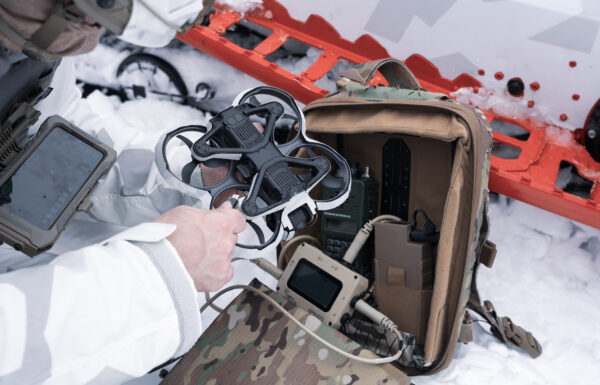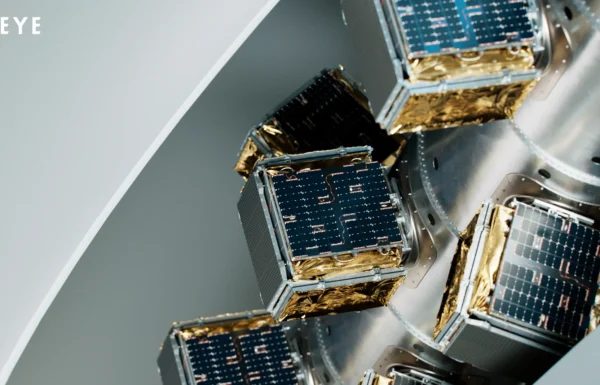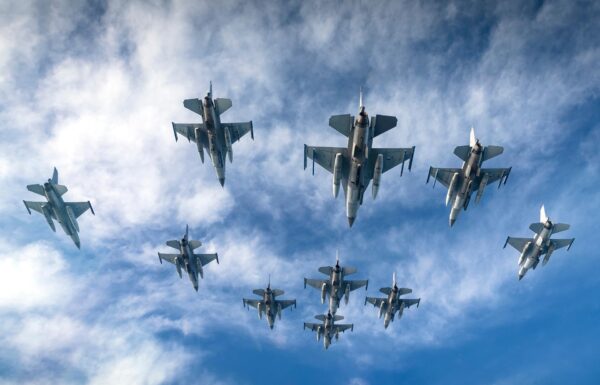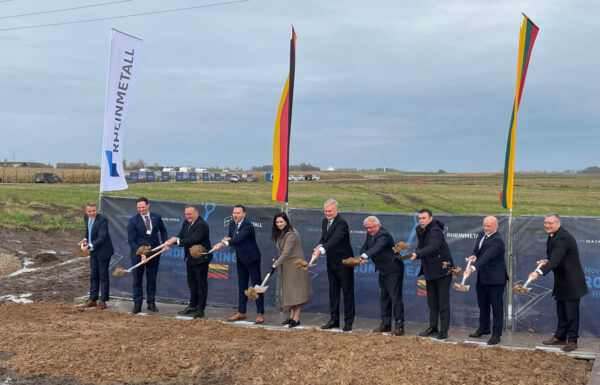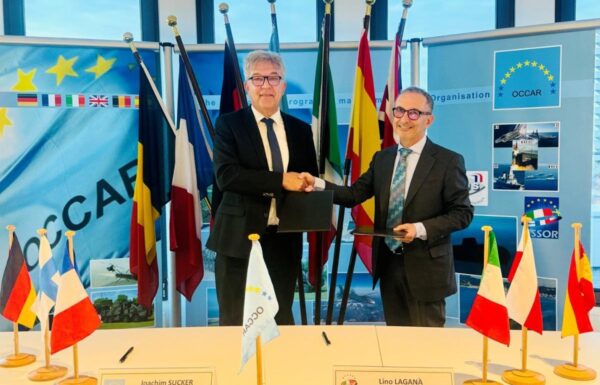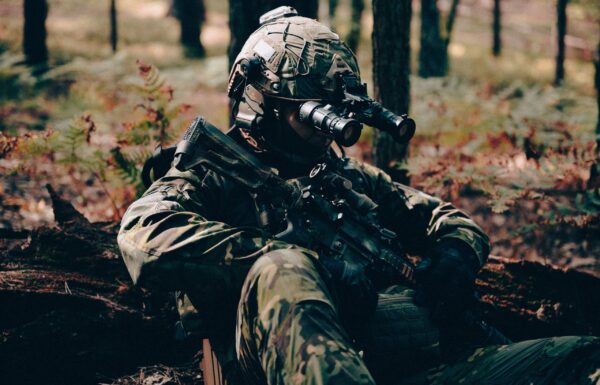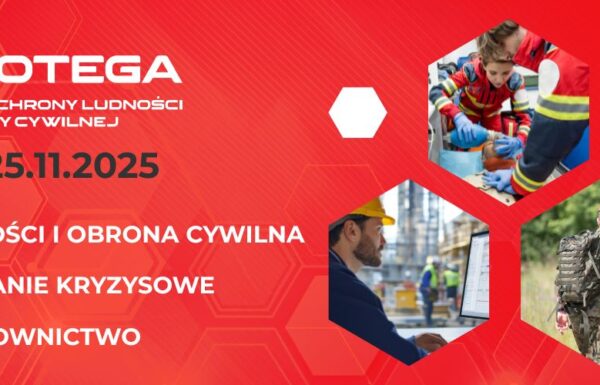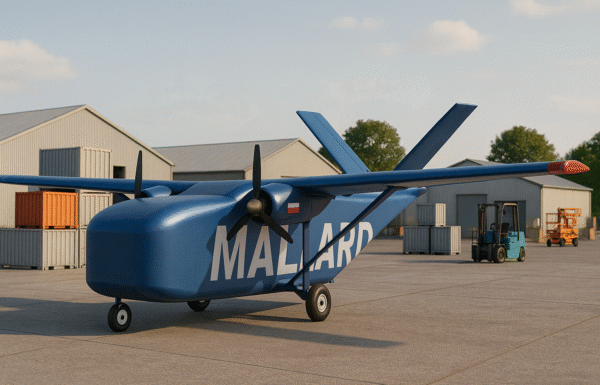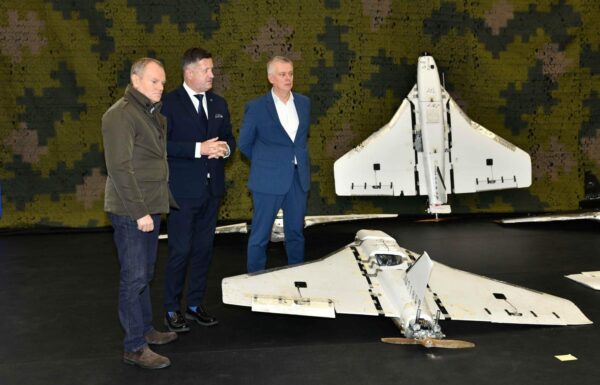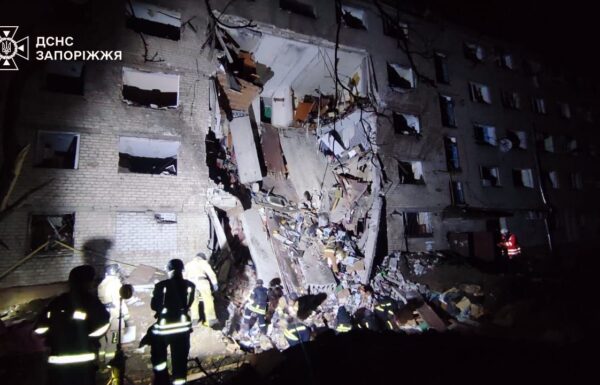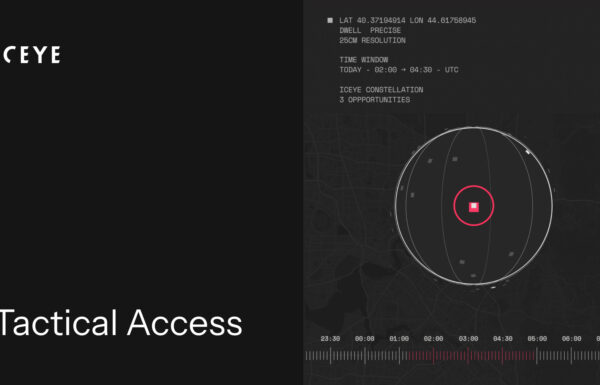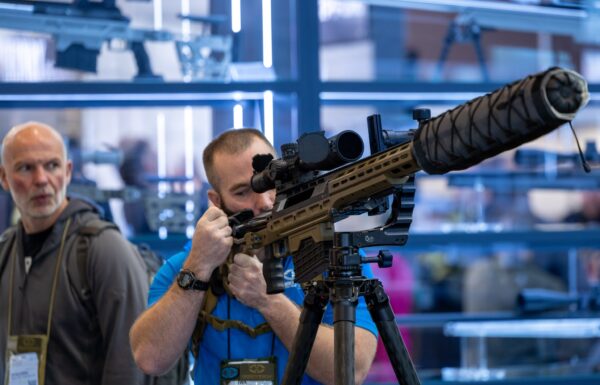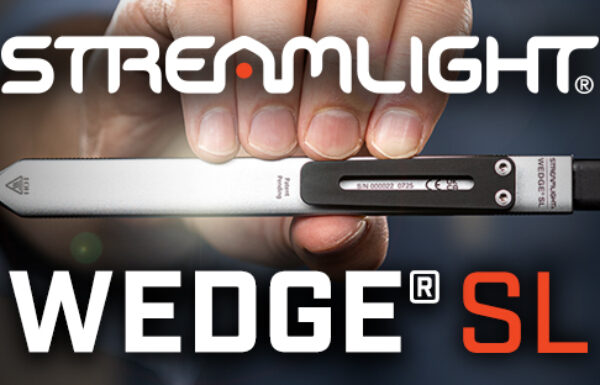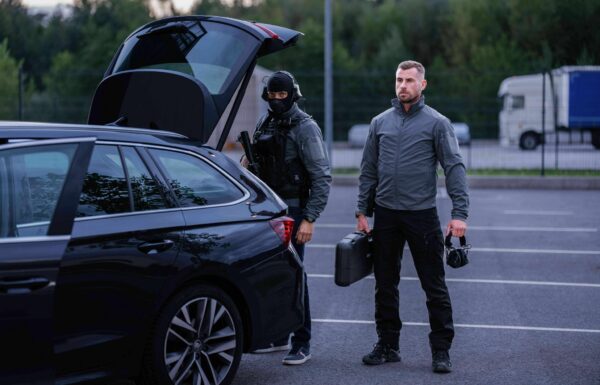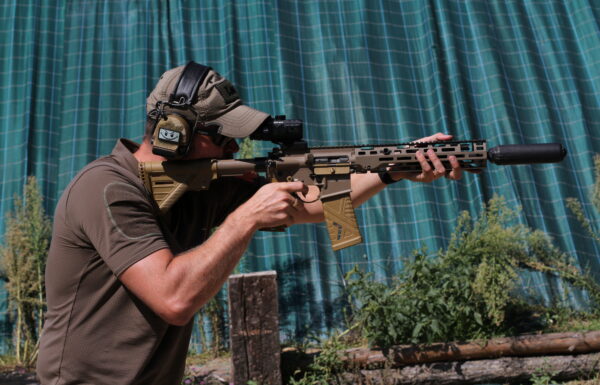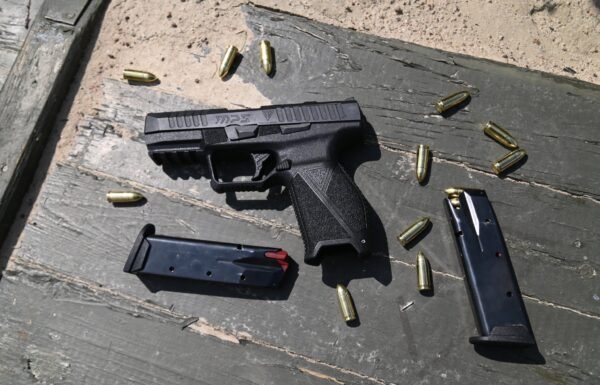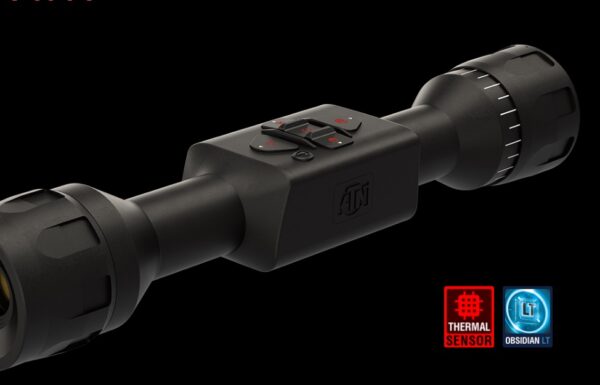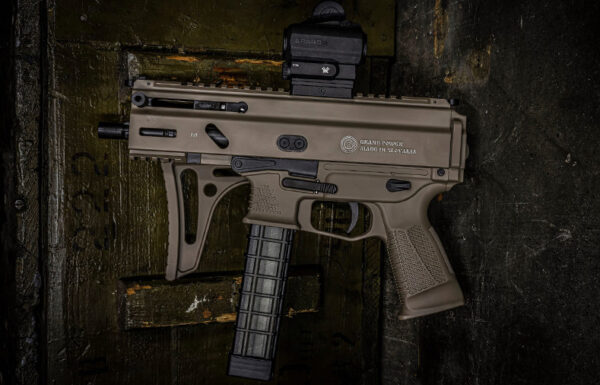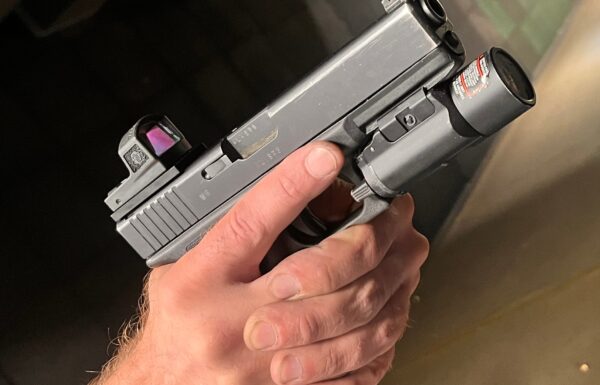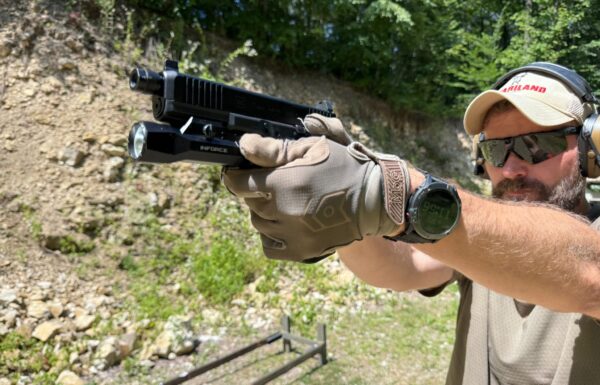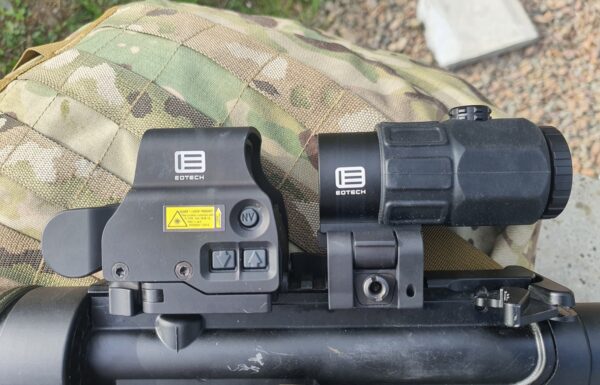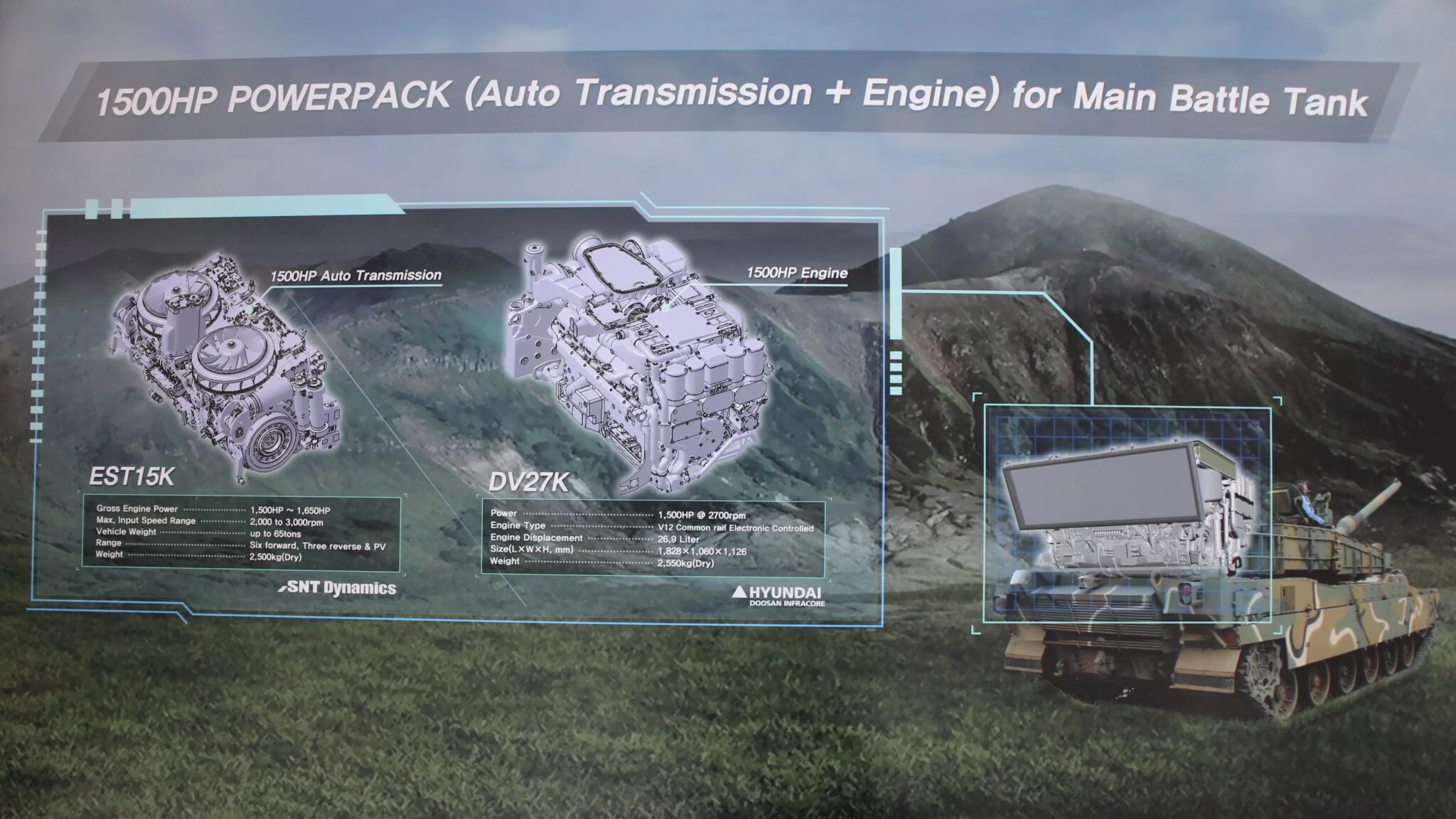Under the first implementation contract from 2022 for 180 K2GF tanks, 77 of them have already arrived in Poland. However, the Polish-adapted K2PL tanks will be more significant for Poland. The consortium agreement between the Polish Armaments Group (PGZ) and Hyundai Rotem Company (HRC) was signed on July 9, 2024, and the first implementation contract was initially planned for November of this year. However, according to the latest information from Deputy Minister of National Defense Paweł Bejda, “rushing the agreement is not advisable due to the complexity of the program, and final discussions within the consortium are currently underway“.
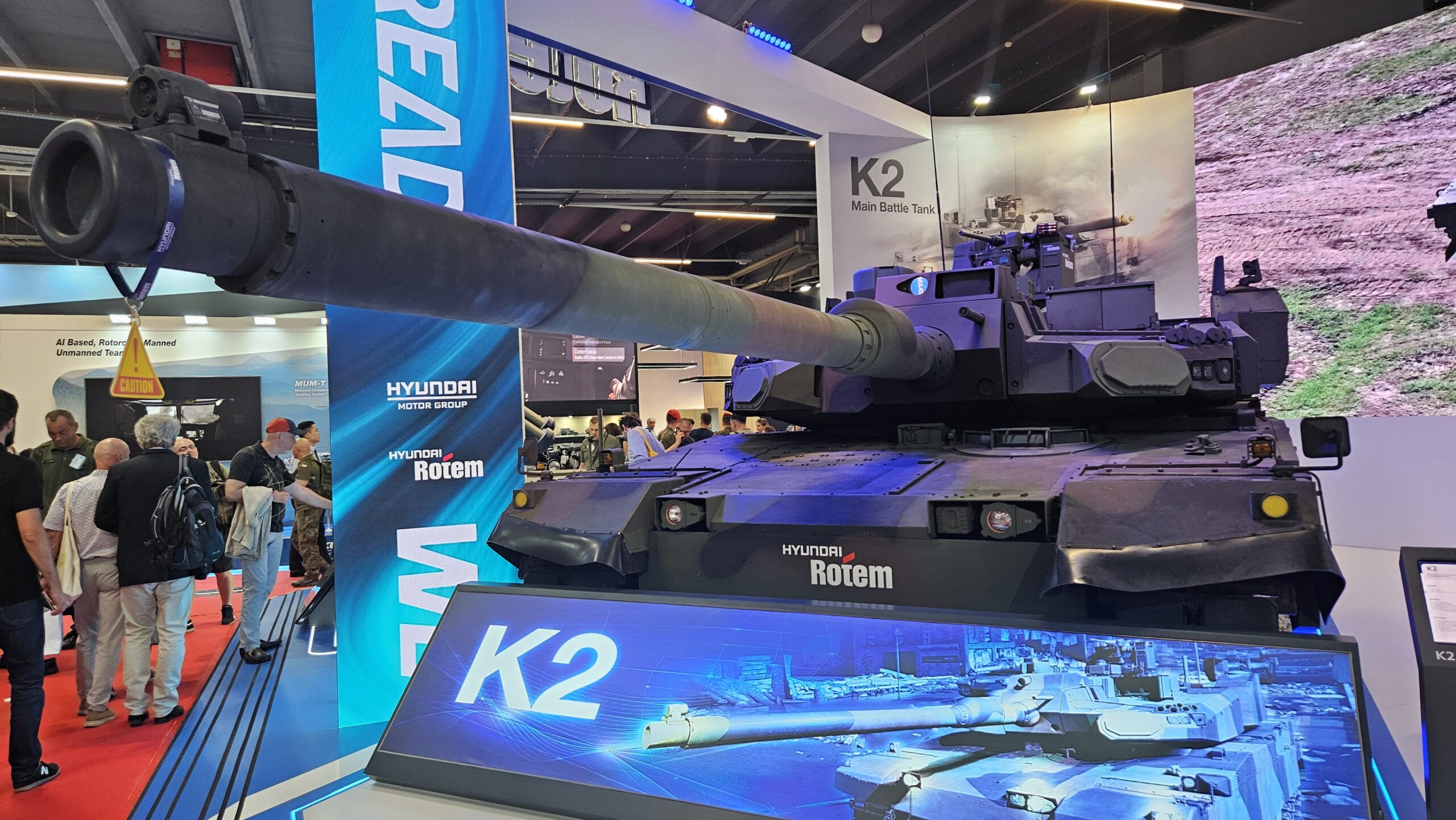 The Proposed K2PL Modernization Package for Poland by Hyundai Rotem Company at MSPO 2024 / Photos: Hyunmin Park, MILMAG
The Proposed K2PL Modernization Package for Poland by Hyundai Rotem Company at MSPO 2024 / Photos: Hyunmin Park, MILMAG
As part of the consortium agreement between PGZ and HRC, it was emphasized that the K2PL tanks will be produced by the Polish Armaments Group as part of the localization process. HRC is proposing technical cooperation and technology transfer. For instance, with the assistance of its subsidiary Hyundai Wia, a production line for the 120-mm CN08 gun could be established. As an example of this transfer, the proposed K2PL modernization package for Poland was showcased for the first time at the 32nd International Defence Industry Exhibition MSPO 2024.
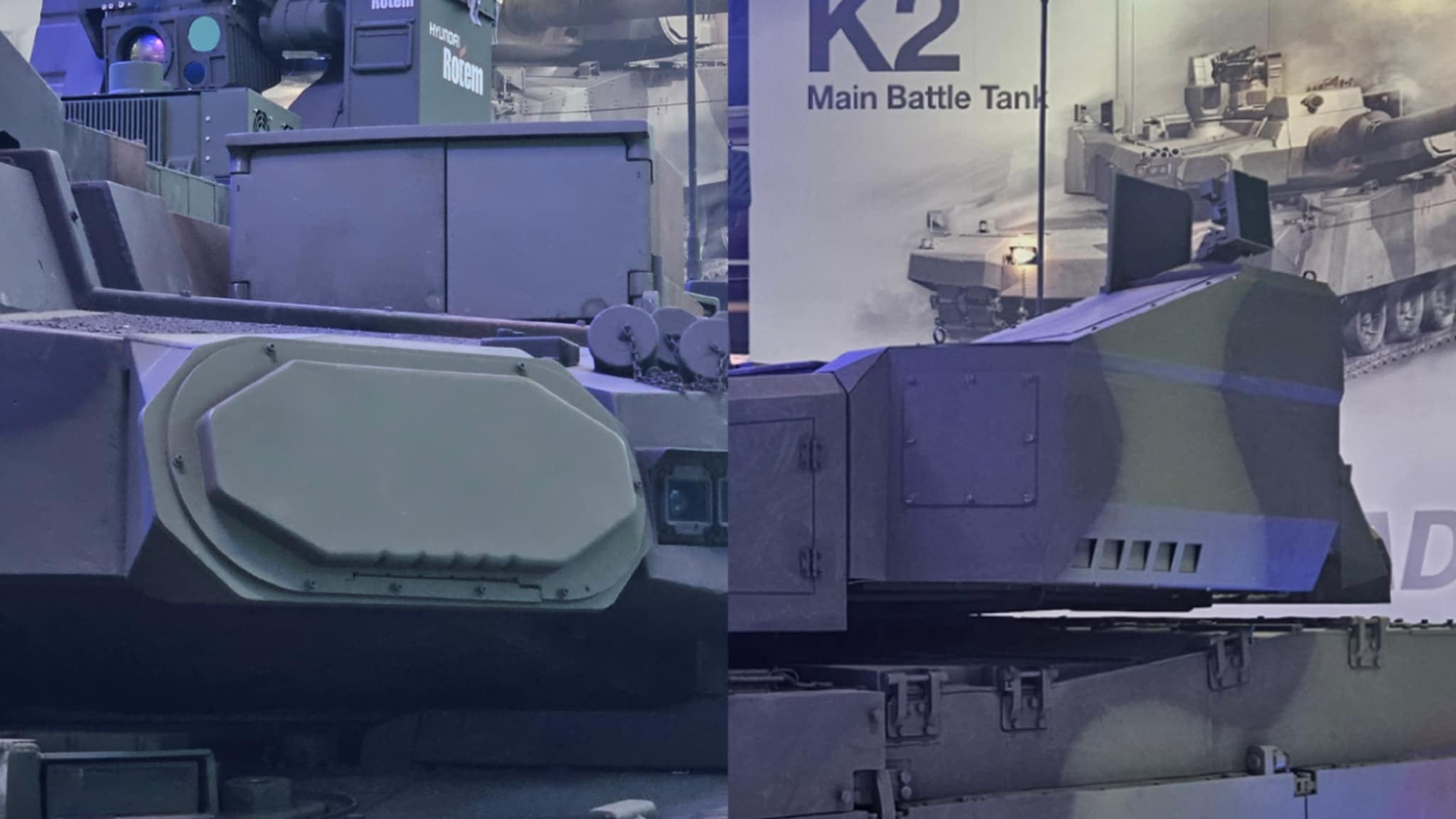 KAPS-2 Hard-Kill Active Protection System
KAPS-2 Hard-Kill Active Protection System
The K2 modernization package presented at MSPO 2024 focused on enhancing the vehicle’s survivability by drawing lessons from various ongoing armed conflicts. In South Korea, efforts were made to integrate a domestic hard-kill Active Protection System (APS) known as KAPS. However, the project was ultimately canceled due to its cost, risks posed to infantry soldiers operating near the tank, and the need for further improvements.
While HRC collaborates with Israeli companies Rafael Advanced Defense Systems and Elbit Systems on APS-class systems, the KAPS-2 system for the K2 tank was developed in partnership with the former. KAPS-2 operates similarly to the Trophy system but is optimized in terms of size, weight, and power consumption for the K2 tank, with radar performance also being improved
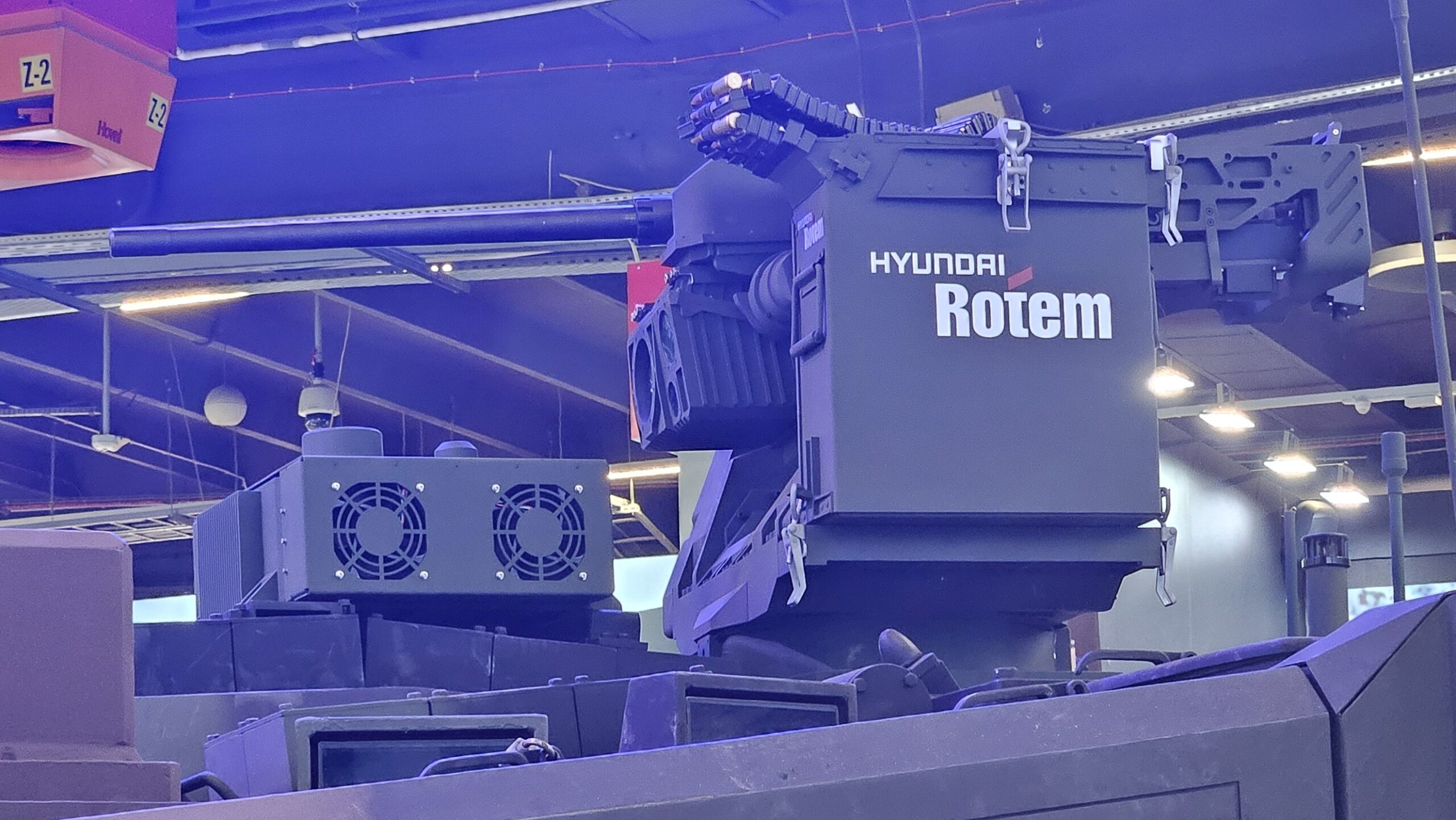 Drone jammer and Remote-Controlled Weapon Station (RCWS)
Drone jammer and Remote-Controlled Weapon Station (RCWS)
Additional self-defense systems include a drone jammer and a Remote-Controlled Weapon Station (RCWS).
Unmanned aerial vehicles (drones) have been identified as the greatest threat to tanks in ongoing armed conflicts. Therefore, the integration of a jammer has been proposed as a modernization priority for the K2 turret. This system can enhance crew survivability by directionally disrupting radio signals and neutralizing hostile drones, forcing them to crash.
The proposed RCWS, developed by HRC and Hyundai Wia, is equipped with a machine-learning (artificial intelligence) detection and identification system, enabling it to more effectively detect threats at distances of up to 4 km.
Additionally, HRC stated that since Poland is set to be the first recipient of the modernized tanks, the integration of domestic RCWS solutions is also possible. Examples include the ZSMU A5 with a 12.7-mm WKM-Bm heavy machine gun developed by PIT-Radwar, a company within the PGZ group.
 360-Degree Observation System / Photo: HRC
360-Degree Observation System / Photo: HRC
Sensors for a 360-degree observation system developed by HRC have been mounted on the turret, providing the crew with full situational awareness around the tank. Additionally, the 360-degree observation system SOD-1 Atena from PCO, another PGZ-affiliated company, can also be proposed for integration. Furthermore, the Korean side is offering the integration of the KDN-1 Nyks day-and-night observation device from PCO.
Notably, the Polish-adapted K2 could be equipped with a fully Korean powertrain. In September 2024, the powerpack for the K2 Heuk-Pyo (Black Panther) tanks, consisting of the HD Hyundai Doosan Infracore DV27K diesel engine and the SNT Dynamics EST15K transmission, received preliminary approval for production. As early as 2021, Turkey announced that this powerpack would power the Altay tank, derived from the K2 platform, and in April 2023, the first two Turkish tanks completed testing with the new system.
As a result, the Korean side is proposing that these powerpacks could be used in export versions of the K2 tanks, although collaboration on the powertrain remains an option. If the Korean powerpack is selected for the Polish-adapted K2, it could reduce the unit cost and create additional opportunities for further work.


